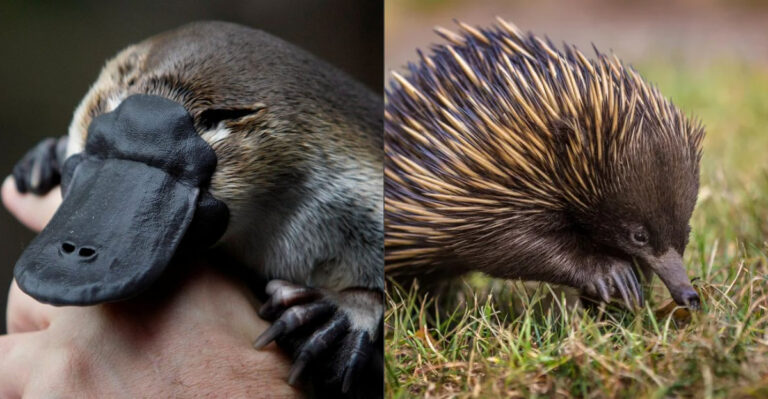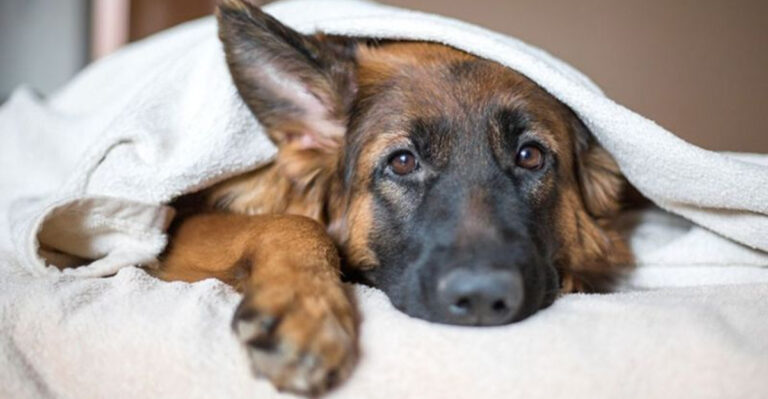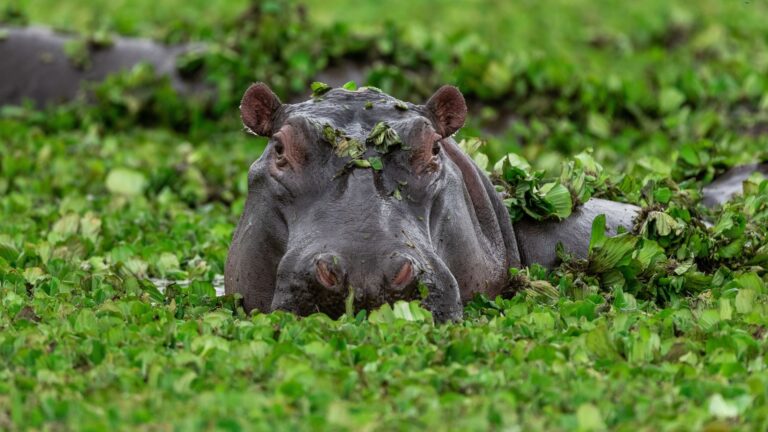12 Easy Ways To Attract Gorgeous Bluebirds To Your Backyard
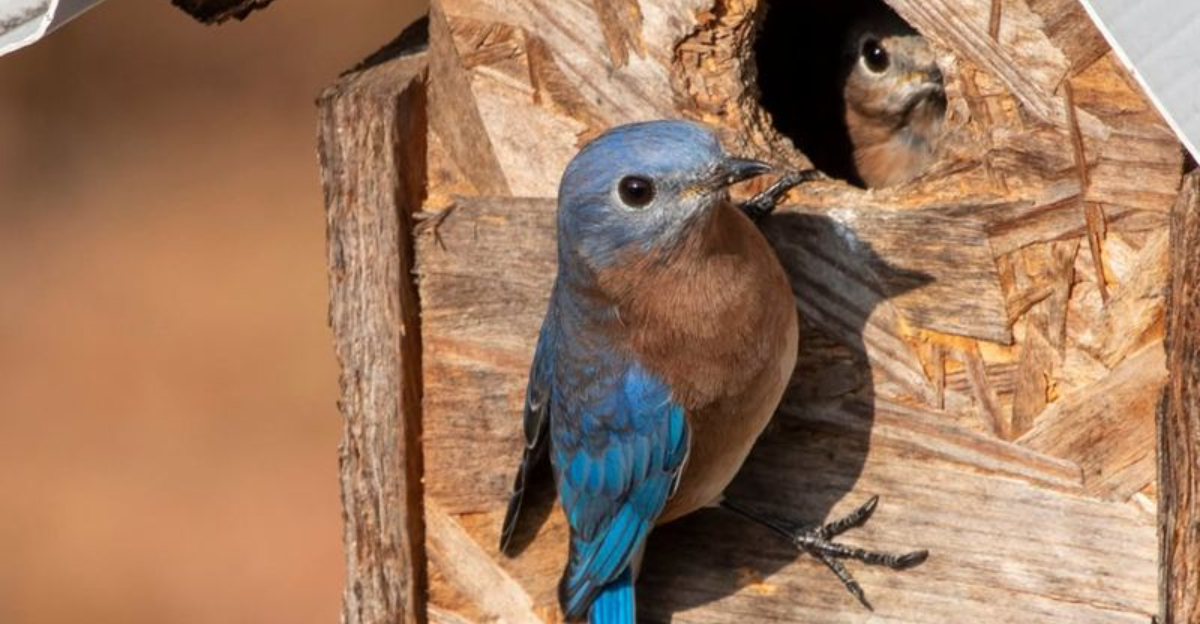
Discover the joy of having bluebirds grace your garden by following these ten essential methods. Each technique is designed to create a welcoming environment for these charming birds, ensuring your yard becomes a haven for bluebirds.
From nesting options to food and safety measures, you’ll learn how to make your garden an irresistible spot for these delightful creatures.
1. Provide Nesting Boxes
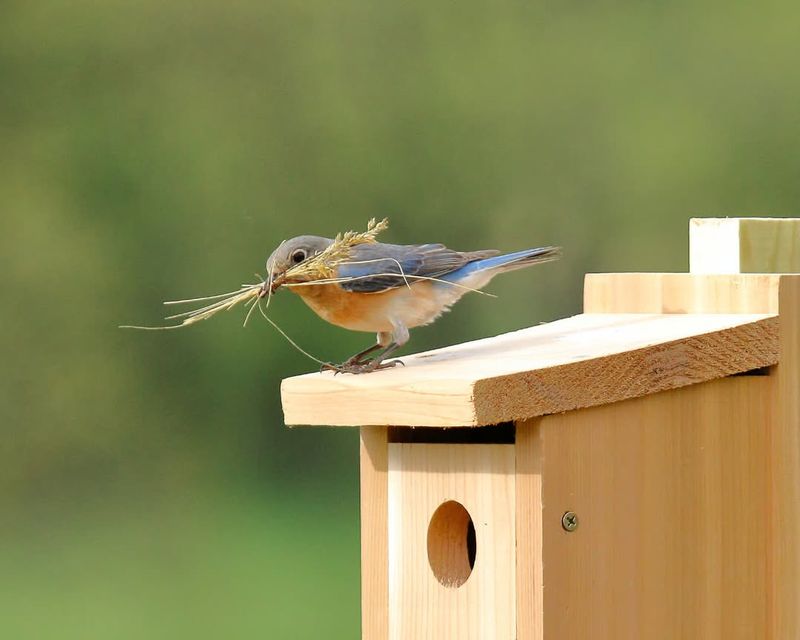
Bluebirds are often drawn to nesting boxes designed specifically for them. These boxes should be placed in quiet, open areas with minimal disturbance from other animals or human traffic.
Ensure the box has the correct dimensions for bluebirds, with an entrance hole about 1.5 inches in diameter, and consider adding a small perch for them to land on.
2. Maintain A Clean Environment
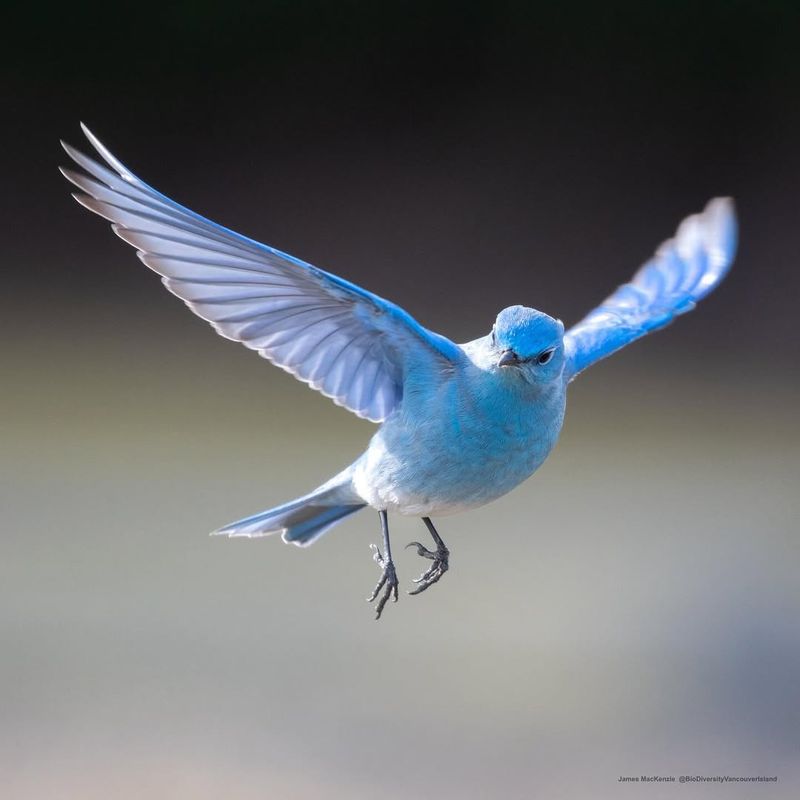
Bluebirds prefer clean, well-maintained yards where there’s less risk of disease or pests. Regularly clean your birdbath, feeders, and nesting boxes to prevent the spread of harmful bacteria and fungi.
A tidy environment not only keeps your feathered friends safe but also encourages them to return year after year.
3. Install The Perfect Nest
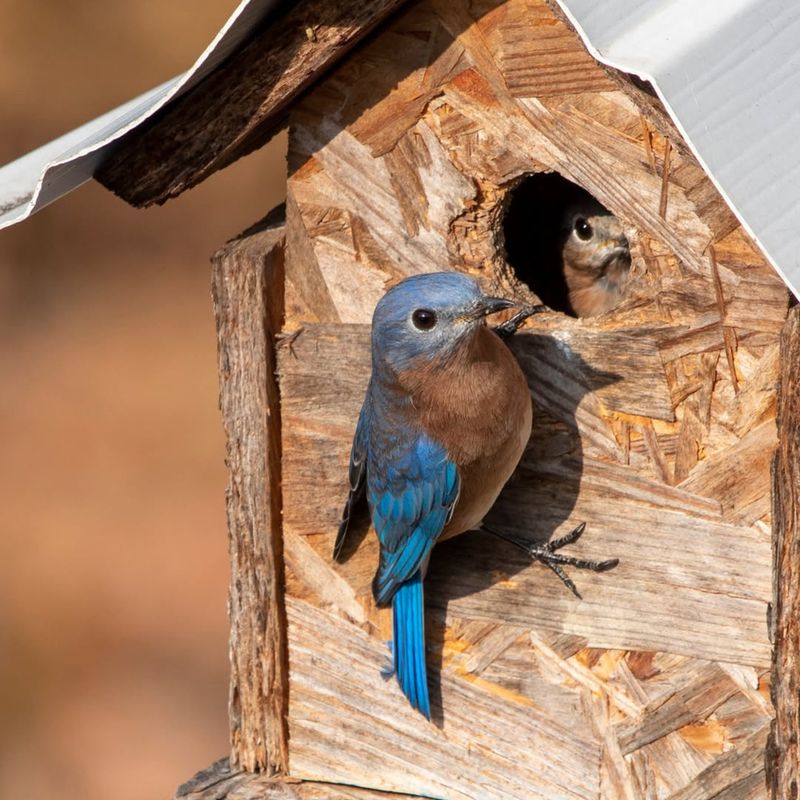
Installing a well-designed bird nest is crucial for encouraging birds to make your backyard their home. Choose a sturdy, safe location, and ensure the nest is appropriate for the species you want to attract.
By mimicking natural nesting environments, like tree cavities or shrubbery, you can make your space more inviting for birds and increase the chances of successful nesting.
4. Ensure Abundant Food Sources
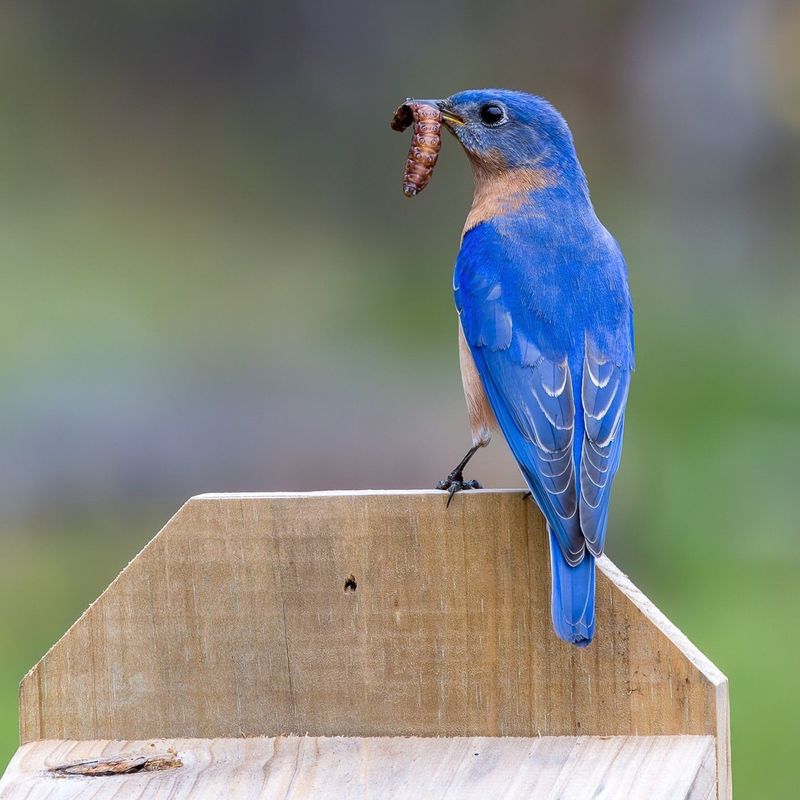
Offering a variety of food sources is vital for attracting birds to your yard. Provide bird feeders with a range of seeds that cater to different species, such as sunflower seeds for finches or suet for woodpeckers.
Additionally, planting native plants that produce fruits, seeds, and nectar will further enhance the food supply, ensuring that birds have a constant and diverse source of nutrition.
5. Keep Yard Free Of Predators
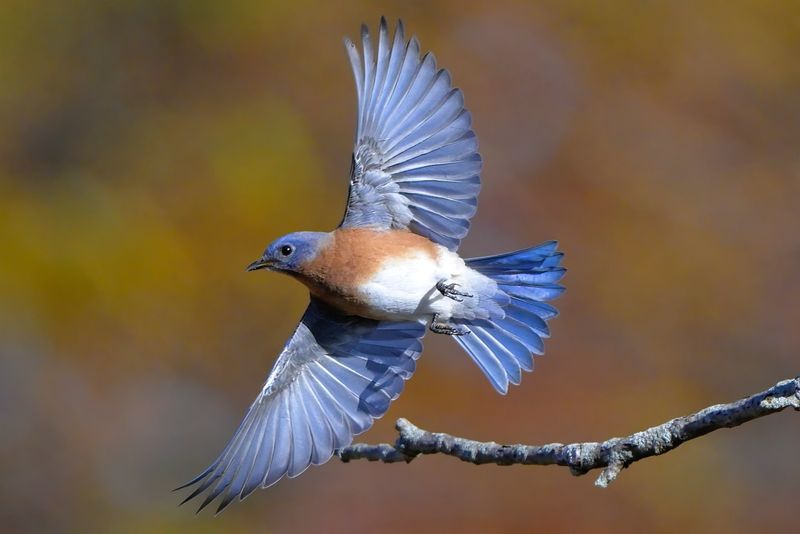
Protecting birds from predators is a key aspect of creating a safe haven in your yard. Keep your garden free from potential threats like neighborhood cats, hawks, or other animals that may harm small birds.
Consider building a predator-proof area or installing cat-proof fencing around bird habitats. By minimizing risks, you help birds feel secure and more likely to return to your yard year after year.
6. Plant Native Trees
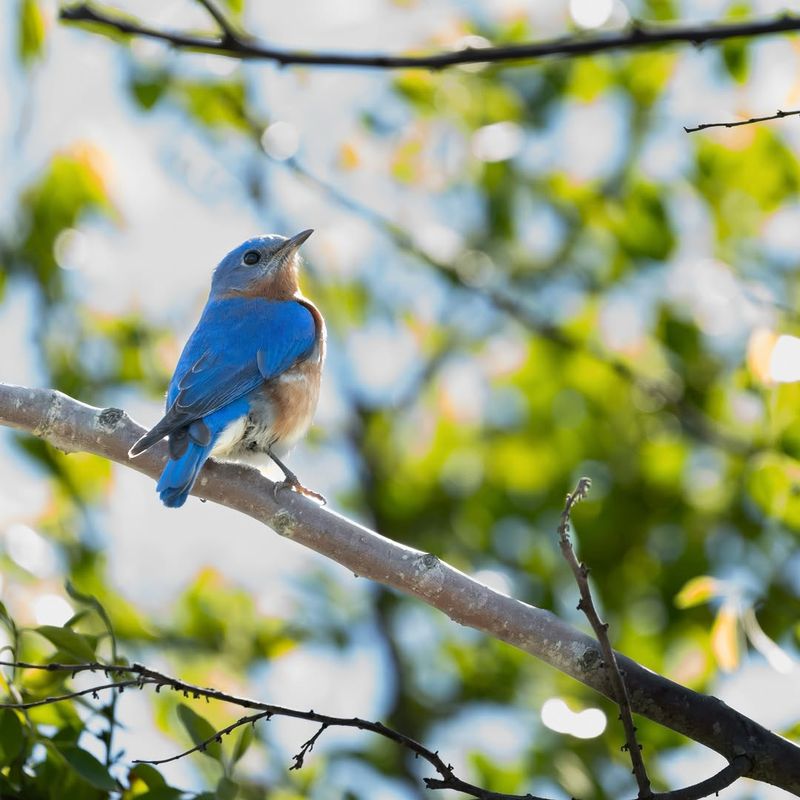
Planting native trees is a simple yet effective way to attract birds and other wildlife to your yard. Native trees provide shelter, food, and nesting opportunities that are specifically suited to local species.
For example, oak, maple, and cherry trees offer valuable food sources like acorns, berries, and insects. Native trees also help maintain a balanced ecosystem and support local biodiversity.
7. Cultivate Flowering Plants
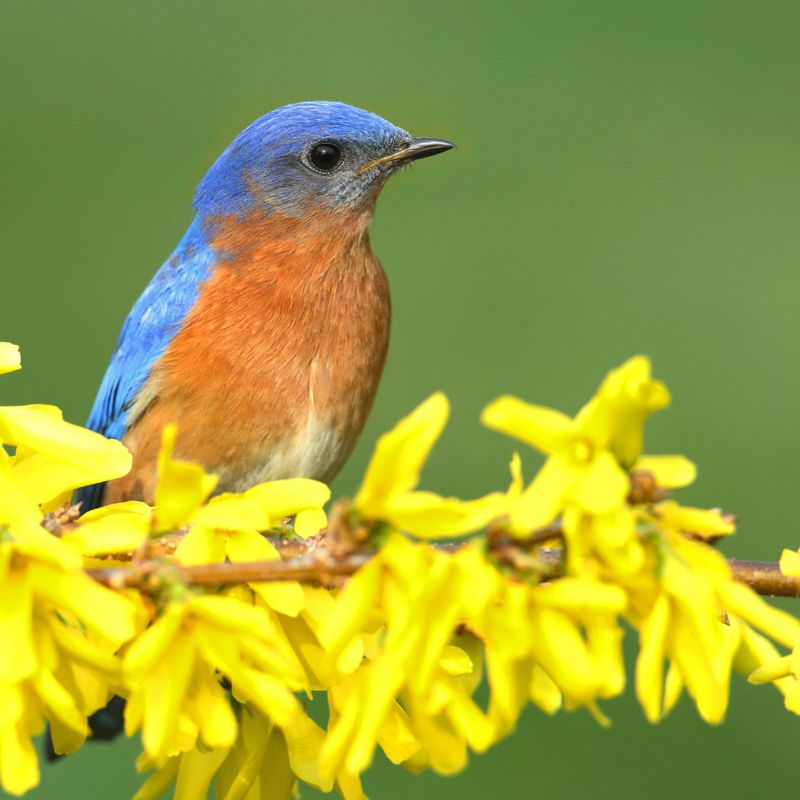
Flowering plants not only add beauty to your garden but also serve as an excellent food source for pollinators like bees, butterflies, and hummingbirds. By selecting native flowering plants that provide nectar and pollen, you attract a wide variety of birds and insects to your yard.
Planting flowers in clusters ensures a steady supply of food for these vital creatures throughout the blooming season.
8. Incorporate Shrubs For Shelter
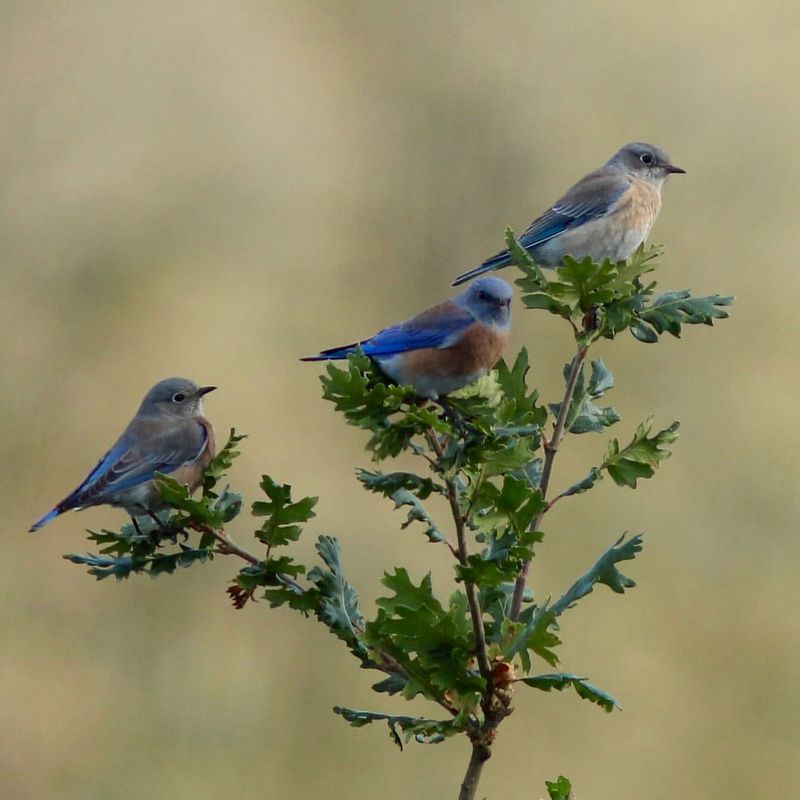
Shrubs provide essential shelter for birds, offering them protection from the elements and potential predators. Incorporating dense, evergreen shrubs in your yard can create perfect hiding spots for birds to retreat when they need rest or safety.
Shrubs also provide a safe space for nesting, helping birds raise their young in a secure and comfortable environment.
9. Provide A Water Source
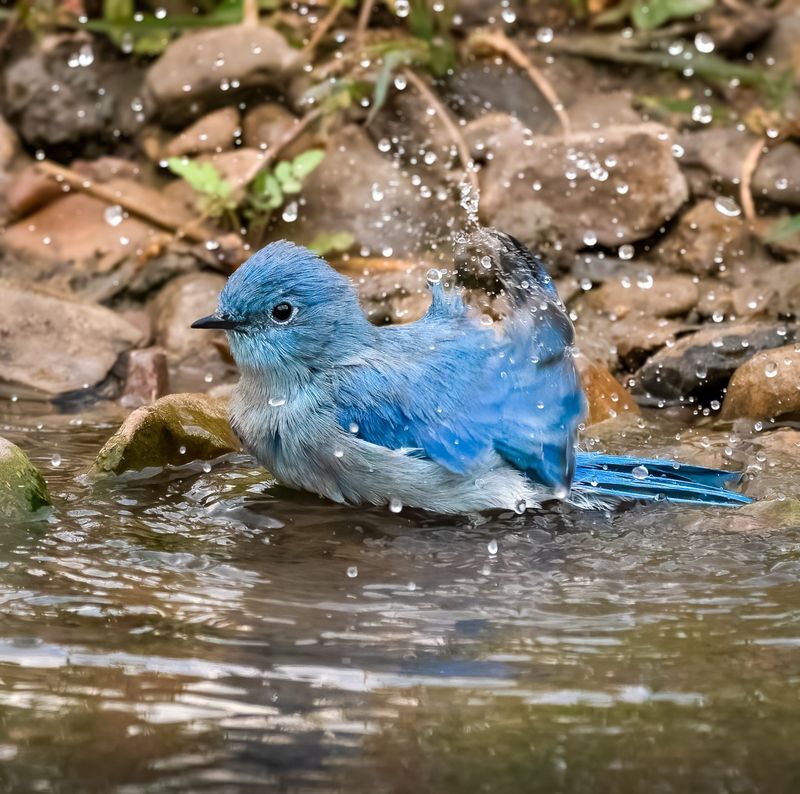
Providing a clean, accessible water source is essential for attracting birds to your yard. A birdbath or small pond offers birds a place to drink and bathe, which is essential for their health and hygiene.
Ensure that the water is refreshed regularly and that the bath is shallow enough for smaller birds to bathe safely. A water source in your yard will not only attract birds but also support other wildlife that needs hydration.
10. Preserve Old Trees
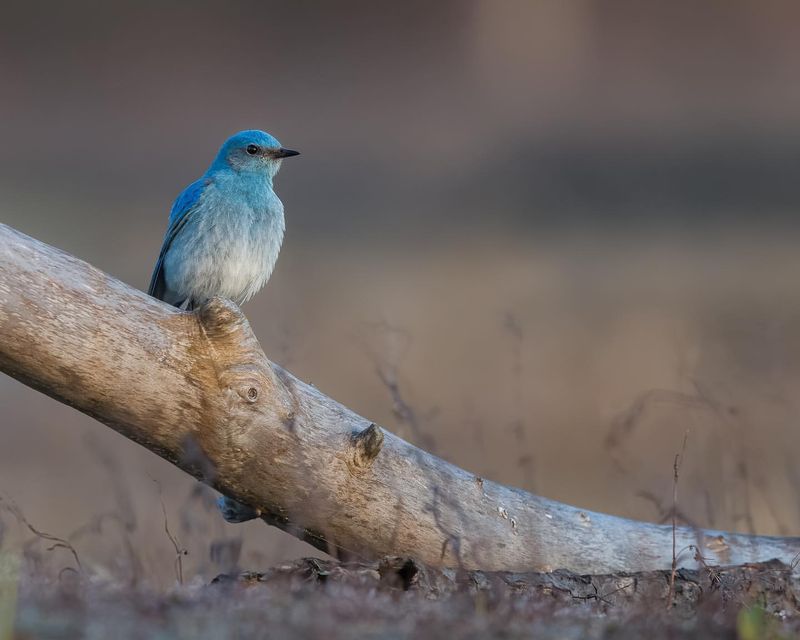
Old trees are a vital part of any ecosystem, providing shelter, food, and nesting sites for birds and other wildlife. Preserving mature trees in your yard, rather than removing them, can offer a stable environment for various species.
These trees often have hollows or dead wood, which are ideal for certain bird species to build their nests. By maintaining old trees, you ensure a healthy, balanced habitat for generations of wildlife.
11. Avoid Pesticides On Plants
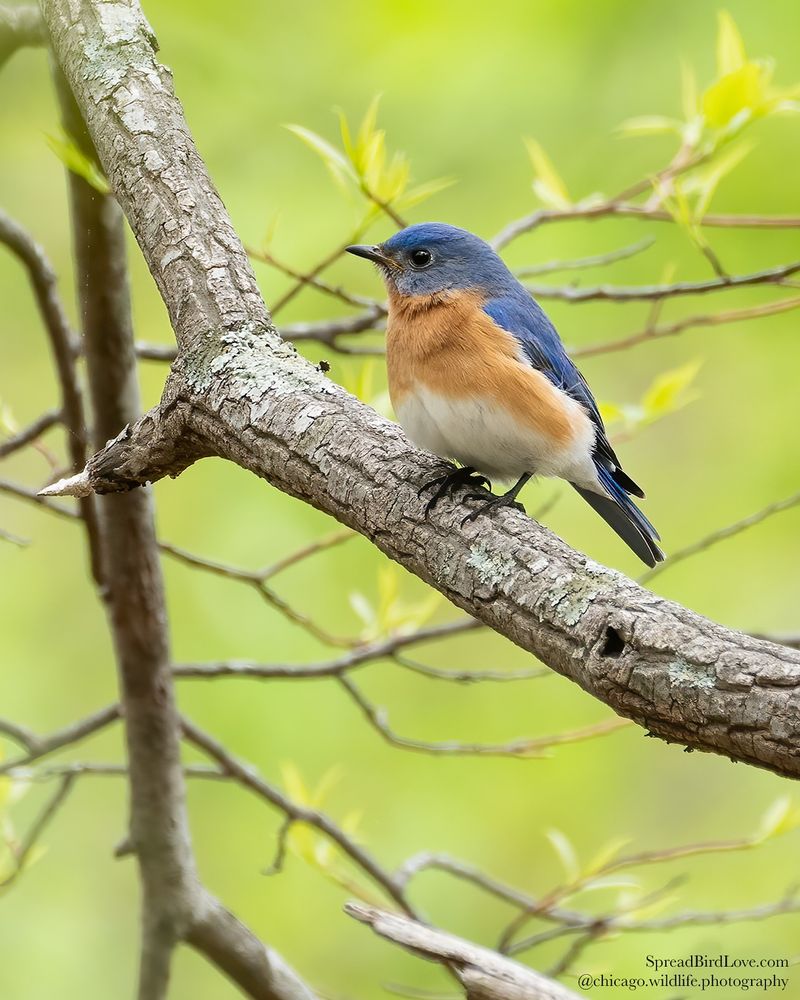
Avoiding the use of pesticides in your garden is crucial for attracting and protecting birds and other pollinators. Pesticides can harm insects that birds rely on for food, and they may also directly poison birds that ingest contaminated plants.
Opt for natural pest control methods like introducing beneficial insects, planting pest-repelling herbs, or using organic treatments to keep your plants healthy and bird-friendly.
12. Keep Cats Indoors
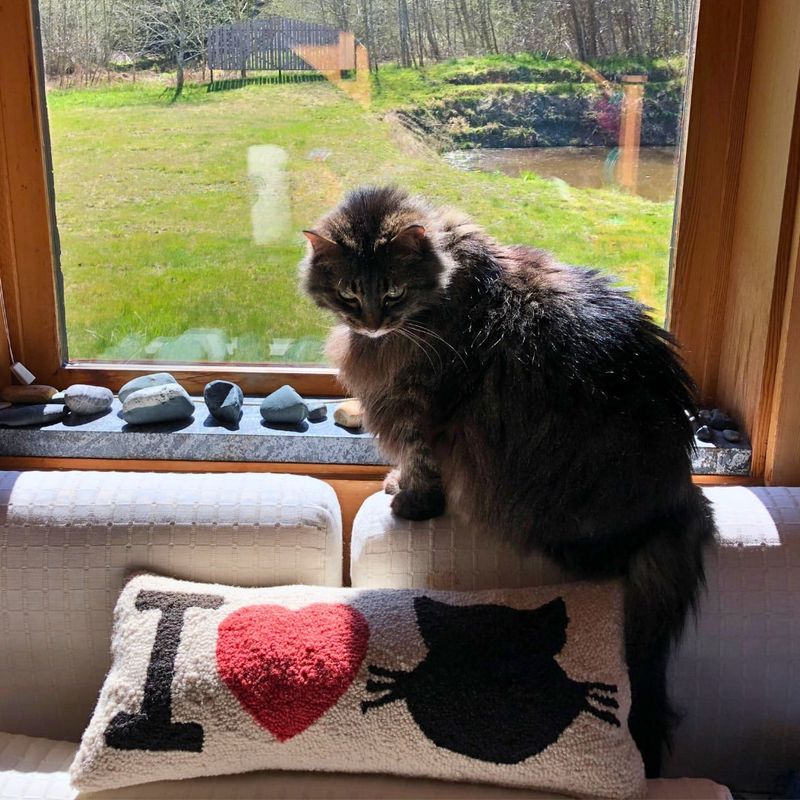
Keeping cats indoors is one of the most effective ways to protect local bird populations. Cats are natural hunters and can pose a significant threat to small birds, especially during the nesting season.
By keeping your cats indoors, you ensure the safety of birds in your yard and help prevent the decline of local wildlife. Indoor cats can still enjoy the sights and sounds of nature through windows, offering entertainment without the risk to wildlife.

